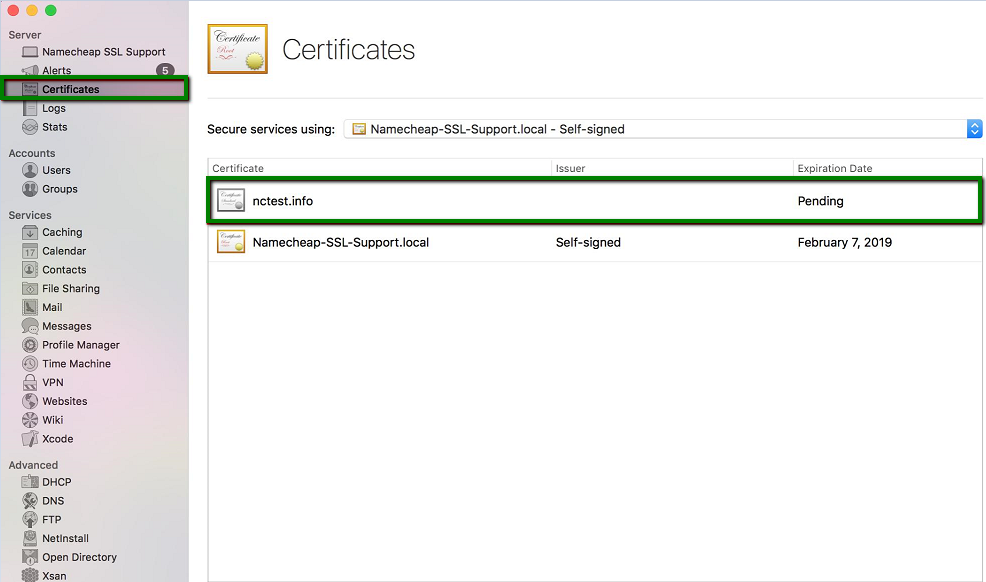
While not legally required, new providers may choose to undergo annual security audits (such as WebTrust for certificate authorities in North America and ETSI in Europe ) to be included as a trusted root by a web browser or operating system.Īs of 24 August 2020, 147 root certificates, representing 52 organizations, are trusted in the Mozilla Firefox web browser, 168 root certificates, representing 60 organizations, are trusted by macOS, and 255 root certificates, representing 101 organizations, are trusted by Microsoft Windows. This market has significant barriers to entry due to the technical requirements. However, the market for globally trusted TLS/SSL server certificates is largely held by a small number of multinational companies. This is because many uses of digital certificates, such as for legally binding digital signatures, are linked to local law, regulations, and accreditation schemes for certificate authorities. Worldwide, the certificate authority business is fragmented, with national or regional providers dominating their home market.
#How add certificate for all users in high sierra osx verification
However, encryption entails the receiver's public key and, since authors and receivers of encrypted messages, apparently, know one another, the usefulness of a trusted third party remains confined to the signature verification of messages sent to public mailing lists. CAs dispense end-user certificates too, which can be used with S/MIME. Less often, trustworthy certificates are used for encrypting or signing messages. While server certificates regularly last for a relatively short period, CA certificates are further extended, so, for repeatedly visited servers, it is less error-prone importing and trusting the CA issued, rather than confirm a security exemption each time the server's certificate is renewed.

The POS retrieves the public key of EMV CA from its storage, validates the Issuer Certificate and authenticity of the payment card before sending the payment request to the payment scheme.īrowsers and other clients of sorts characteristically allow users to add or do away with CA certificates at will. The Issuer Certificate is signed by EMV CA Certificate. Each payment card presents along with its card data also the Card Issuer Certificate to the POS. Any site using self-signed certificates acts as its own CA.Ĭommercial banks that issue EMV payment cards are governed by the EMV Certificate Authority, payment schemes that route payment transactions initiated at Point of Sale Terminals ( POS) to a Card Issuing Bank to transfer the funds from the card holder's bank account to the payment recipient’s bank account. Large organizations or government bodies may have their own PKIs ( public key infrastructure), each containing their own CAs. Some large cloud computing and web hosting companies are also publicly-trusted CAs and issue certificates to services hosted on their infrastructure, for example Amazon Web Services, Cloudflare, and Google Cloud Platform. In addition to commercial CAs, some non-profits issue publicly-trusted digital certificates without charge, for example Let's Encrypt. A root CA certificate may be the base to issue multiple intermediate CA certificates with varying validation requirements. A single CA certificate may be shared among multiple CAs or their resellers. While Mozilla developed their own policy, the CA/Browser Forum developed similar guidelines for CA trust. Mozilla, which is a non-profit business, issues several commercial CA certificates with its products. The quantity of internet browsers, other devices and applications which trust a particular certificate authority is referred to as ubiquity. Commercial CAs charge money to issue certificates, and their customers anticipate the CA's certificate to be contained within the majority of web browsers, so that safe connections to the certified servers work efficiently out-of-the-box. The clients of a CA are server supervisors who call for a certificate that their servers will bestow to users. A malicious or compromised client can skip any security check and still fool its users into believing otherwise. This makes sense, as many users need to trust their client software.

Usually, client software-for example, browsers-include a set of trusted CA certificates. The client uses the CA certificate to authenticate the CA signature on the server certificate, as part of the authorizations before launching a secure connection.

Such a scenario is commonly referred to as a man-in-the-middle attack. A certificate is essential in order to circumvent a malicious party which happens to be on the route to a target server which acts as if it were the target. Trusted certificates can be used to create secure connections to a server via the Internet.


 0 kommentar(er)
0 kommentar(er)
